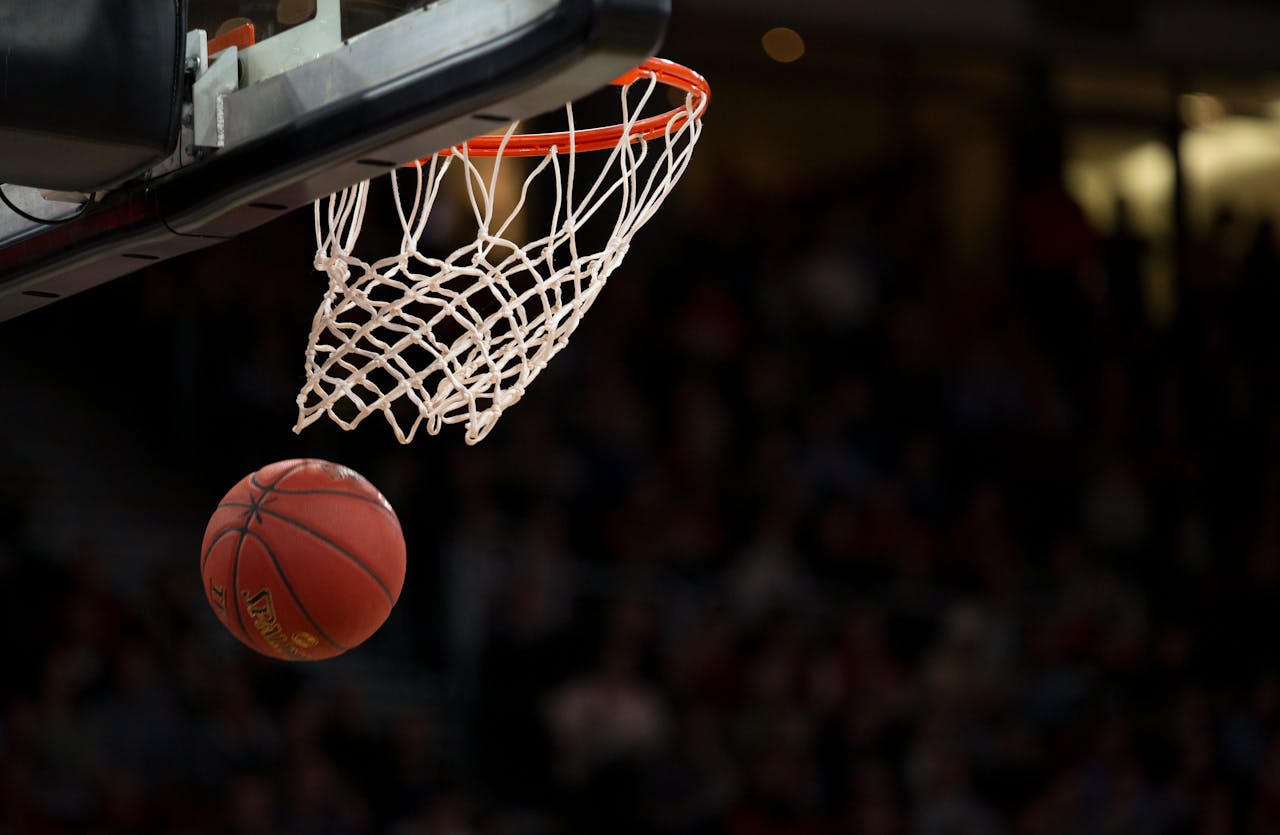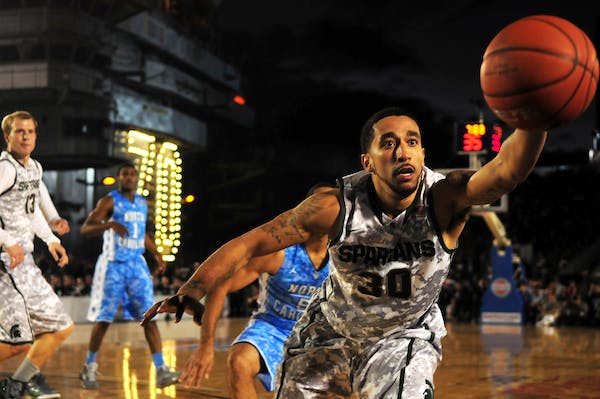What Do the Lines on the Basketball Court Mean?
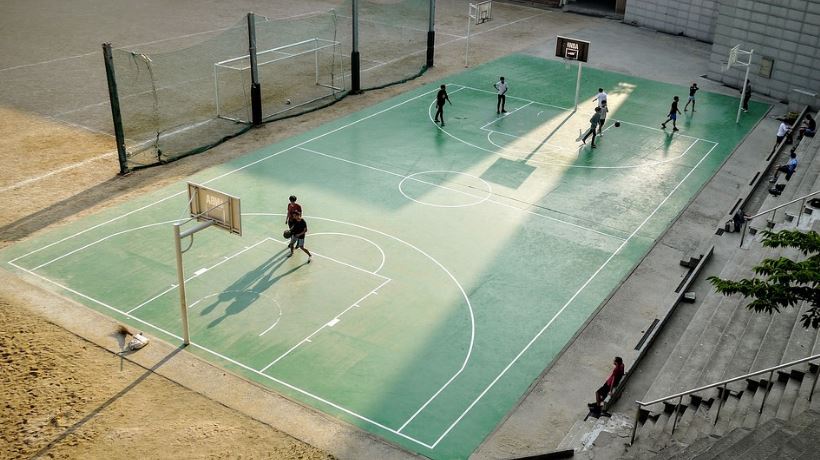
Basketball is a very fun and exciting sport to play, although before you can actually have fun playing it, there are certain rules that you would need to learn about the sport. Some of these rules involve knowing what the lines on the court mean, as they serve various purposes for players and the officials in the game. To learn more about these lines, here are details about what their purpose is on the basketball court.
Baselines or End Lines
The baselines or end lines are the lines on the basketball court that is located at the back of each basket. These lines are meant to show players where the ball would be out of bounds. So, if they step on those lines or if the ball goes out of the lines, then it would mean that it is an out-of-bounds play, and the team that last touched the ball would have to give it to the opposing team.
In addition to being an out-of-bounds indicator, the baselines are also where players would inbound the ball, which means that they first have to stand out of a baseline and then give it to a teammate inside the court to resume the game. The inbound is done when the opposing team scores or when the ball goes out of bounds.
Sidelines
The sidelines are the lines on the court that are on each horizontal side and are connected to the baselines. Similar to the baselines, the sidelines are used to determine where a ball should be out of bounds. The sidelines are also used for inbounding, although inbounding on the sidelines can usually happen after a timeout or when a player fouled an opposing player (if there is still no penalty). The sidelines and the baselines would often be collectively called the boundary lines that dictate if a player or a ball is out of bounds.
Free Throw Line
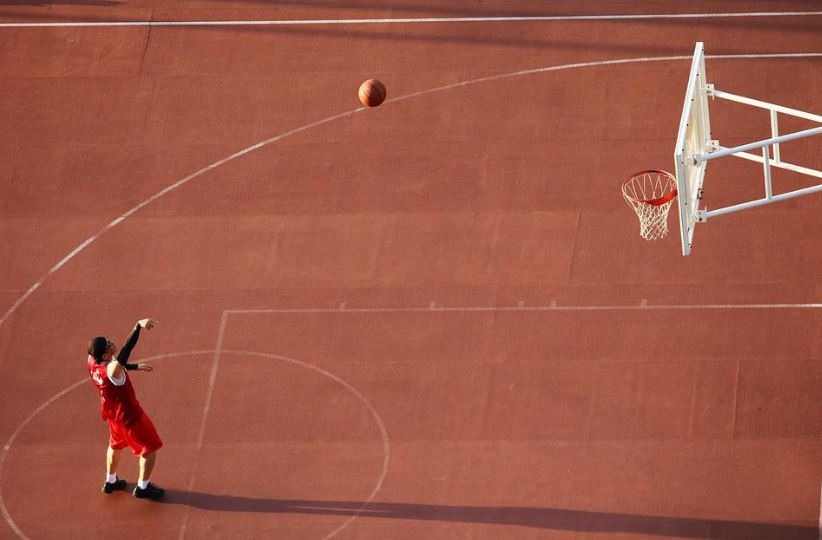
The free-throw line, also called the foul line, is a much smaller line compared to the baseline and is located in front of the basket but is a few meters away. The free-throw line is often used by players to shoot a free throw whenever they are fouled while in the act of shooting. If the intended shot where the player was fouled is inside the three-point line (which we will talk about later), the player will shoot two free throws. But, if the player is outside the three-point line, he or she will shoot three free throws.
A technical foul, a type of foul given to players and the coaching staff for having bad conduct on the floor, would also award the opposing team with one free throw. The distance of the free-throw line from the basket is usually much shorter in high school basketball compared to the NBA. Furthermore, the free-throw shot can only be done inside the half-circle that is farther from the basket.
Lane Lines
The lane lines are the horizontal lines that connect the free throw line to the baseline. The rectangle shape that the lane lines, the free-throw line, and a portion of the baseline is often called the “paint,” which is where post moves, layups, and dunks are performed. In the NBA and most professional basketball leagues, no player should stay inside the paint for more than three seconds; otherwise, the player and the team would be called for a violation.
Restricted Area
The restricted area is the semicircle that is found right underneath each basket on the court. Professional leagues usually have the restricted area to indicate where the defender is safe to defend the ball or draw an offensive foul (also called a charging foul). In order to draw a charging foul, the defender must be outside of the restricted area, although both of his or her feet must be flat on the ground, and his or her torso must be facing the opponent driving to the basket.
If the defender on the court is within the restricted area, he or she will be given a blocking foul, and the opposing player that is driving will be given either two free throws or one free throw if he or she managed to get the ball inside the basket after getting fouled.
Three-Point Line
The most popular line on the basketball court that many people know today is the three-point line, which is the large curve line outside that surrounds each basket from afar. As the name of the line suggests, it is where you will be able to make a shot that will give your team three points.
As we have discussed earlier, if the player is fouled while shooting outside the three-point line, he or she will be awarded three free throws. But, if the player managed to get the ball inside the basket after the foul, he or she will get one free throw to complete a four-point play.
Midcourt Line or Half-Court Line
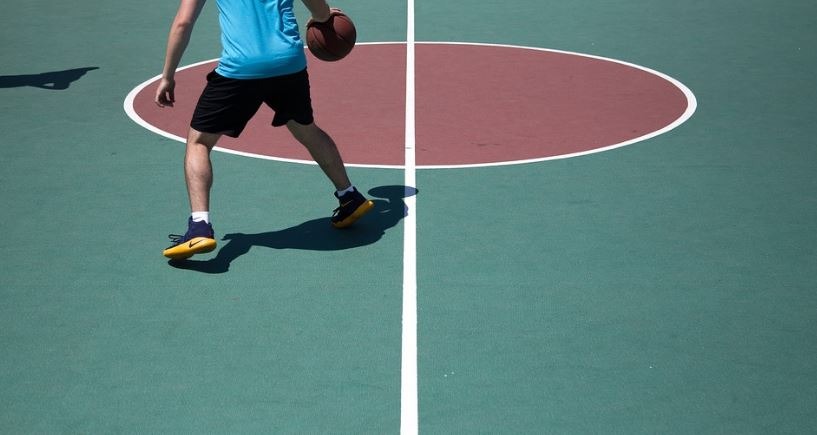
The midcourt line or half-court line is a vertical line found right at the center of the basketball court. This line is often used to signify that a team has successfully reached their side of the basketball court when inbounding after the opposing team scores a point. When a team is too slow to bring the ball to their side of the court, they will be given a backcourt violation. The backcourt violation is most likely implanted as a rule in order to prevent teams from stalling the game.
Hash Marks
The hash marks are the small lines that are located in the baselines, the lane lines, and the middle of the sidelines. These marks are used to indicate where players can inbound the ball for the baselines and sidelines, and they are also utilized to show where players should stand on the lane lines while a specific player is shooting a free throw.
These are the different lines that you should know about when you are playing basketball on the court. Memorize these lines so that you won’t be called for any violations or fouls and eventually get used to playing basketball properly.

